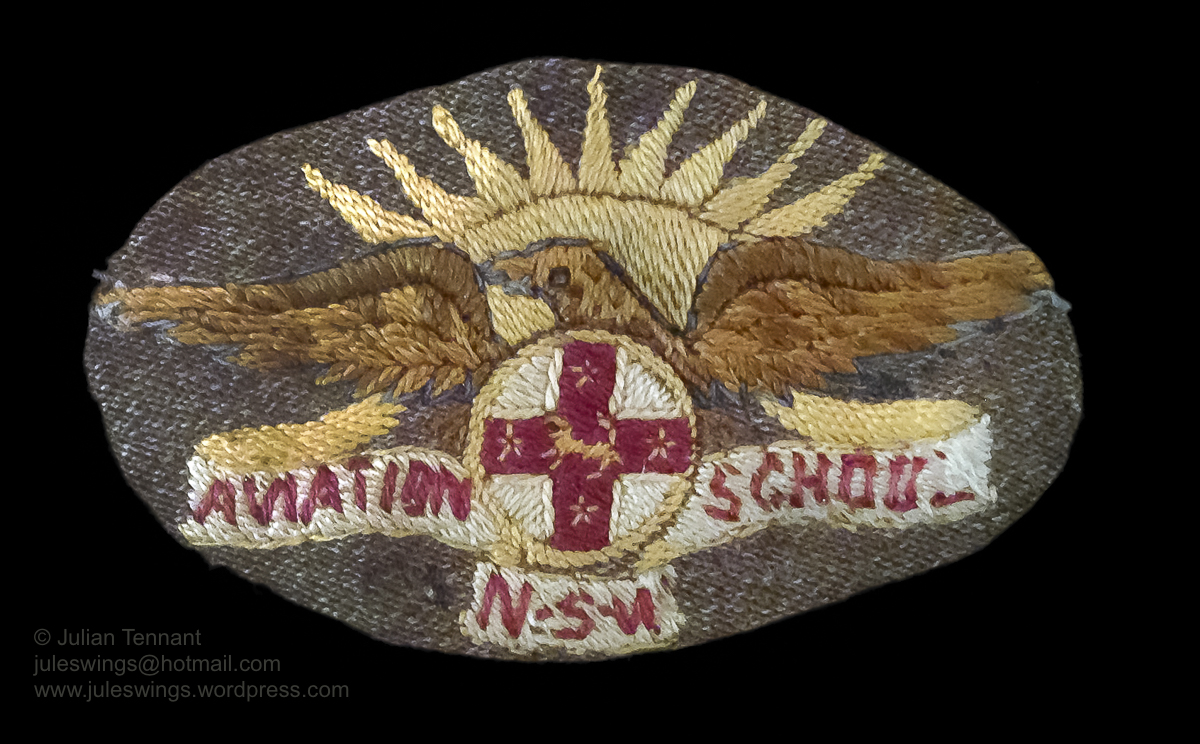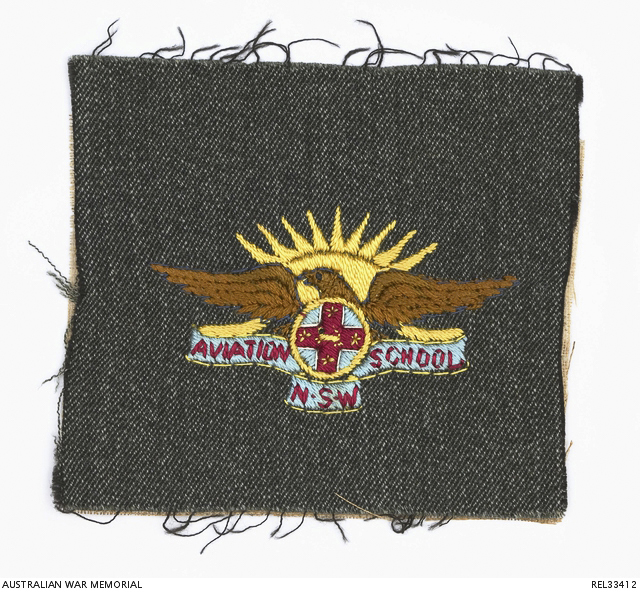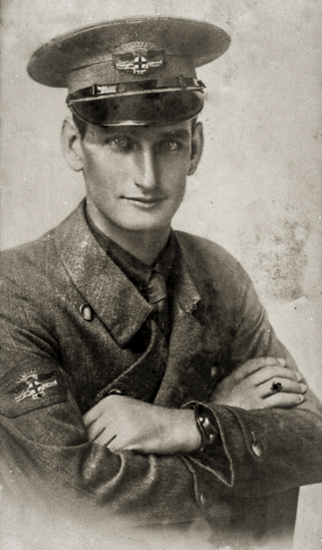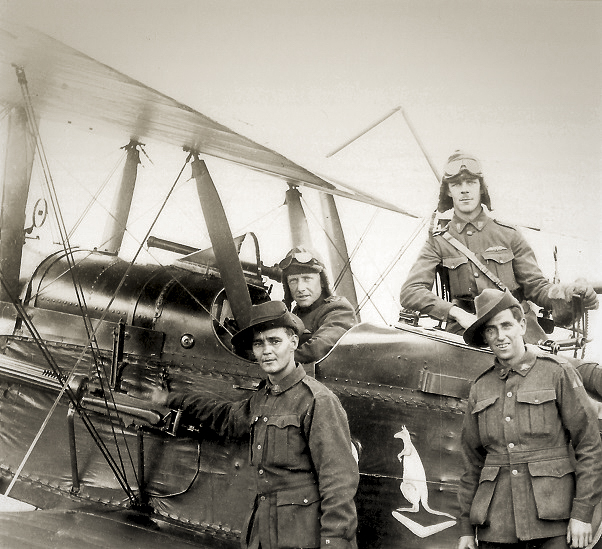The New South Wales State Aviation School

The insignia related to Australian aviators of the First World War are one of my areas of collecting interest. Whilst most of these are associated with the Australian Flying Corps (AFC), there are also some lesser known badges which are closely linked to the Australia’s early military aviators. The New South Wales State Aviation School was a civilian organisation whose existence is directly linked to the story of the AFC. The school wore military styled uniforms and distinctive insignia on their caps and jacket sleeve. Very few surviving examples are known to exist and I am still searching for examples for my own collection. If anybody can help, please contact me.


.
The New South Wales State Aviation School opened on 28 August 1916 as a supplement to the Australian Flying Corps Central Flying School (CFS) at Point Cook in Victoria. The school was located at Ham Common, now site of the Richmond RAAF Base. The Premier of New South Wales, William A. Holman was a keen proponent of military aviation, so he put New South Wales State finances behind the development of the school, financing the procurement of two American Curtiss training aircraft, with two additional Curtiss JN-B4 aircraft acquired in 1917. Whilst the aim was to train pilots for the AFC, it was foreshadowed that after the war the school would continue to train pilots for civil aviation purposes.



Twenty-five students were chosen from 230 applicants for the Flying School’s first course. Applicants had to be 18 to 30 years of age and in good health. Preference was given to commissioned officers, engineers, mechanics or other specified trades. All students trained at their own risk and no compensation was offered on account of death or injury. Instruction included lectures and practical training over 12 weeks followed by an examination. Workshop training, to familiarise students with the construction and operation of aircraft and engines, was required for at least 160 hours while only four hours of flying time were required, of which not less than two were to be ‘in complete charge of the aeroplane‘. The applicant also had to pass the test for the Royal Aero Club Certificate. If unsuccessful, an applicant could qualify as an Aircraft Mechanic, provided he demonstrated ‘the necessary mechanical ability and sufficient merit‘.
Of the initial course, 19 trainees qualified despite delays due to bad weather. Students were housed and taught in purpose-built accommodation on site and referred to themselves as BPs, probably from the term Basic Pilot Training. A total of six training courses were conducted by the flying school with the last completed just before the announcement of the Armistice in 1918. The rationale for the school had always been driven by politics rather than demonstrated need and this did cause some friction with the military. Graduates were deemed as being inexperienced in military flying and tactical skills and as a civilian training school, pilots did not automatically gain commissions in the Australian Flying Corps, but had to submit for further examination by the Central Flying School in Victoria.



Only a handful of qualifying pilots secured commissions with the AFC leading to considerable frustration. Their services were offered by the Prime Minister to the Royal Flying Corps and some embarked for England to serve either as cadet pilots or mechanics. There was uncertainty as to how long the war would last and their training was also seen to be inadequate by the War Office for the same reasons as those of the Australian military. By the fourth intake a group of students were making their dissatisfaction over their future known. There was also wrangling about allowances and having to fund their own travel to the UK or Egypt to enlist.
Nevertheless, Premier Holman persisted, and two further courses were run prior to the war’s end. The sixth course started in August 1918 and by Armistice in November, a total of 71 pilots had graduated with 20 joining the AFC and 40 going to the RFC (and, after April 1918, the Royal Air Force). Seven graduates lost their lives during the war, 3 in the AFC and 2 in the RFC and 2 in the RAF.
After the war, effort was made to convert the school to a civilian flying school, but the costs associated were becoming prohibitive and the NSW Government eventually asked the Commonwealth Government to take control. In 1923 the Commonwealth purchased the site and in 1925 became RAAF Base Richmond, home to No 3 Squadron.

.

.







